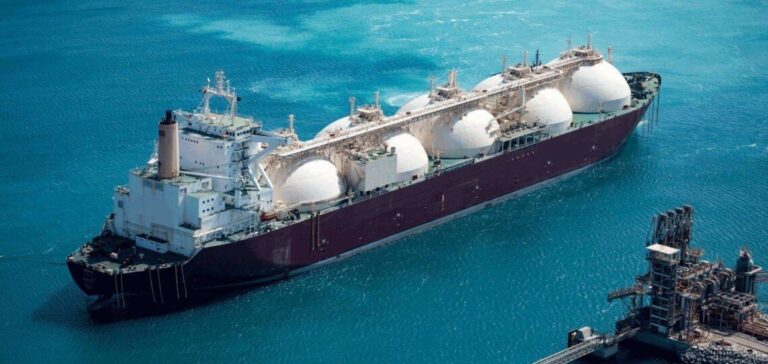LNG prices are rising in Asia due to the intensification of trade with Europe.
The old continent is trying to obtain supplies from the Asian market, where prices are rising, but are still cheaper.
Asian LNG prices suffer from European demand
In Europe, prices rose significantly due to renewed tensions in Ukraine and the suspension of Nord Stream 2.
European prices thus remain close to their all-time highs.
Against this backdrop, European traders are tempted to source cheaper LNG from the Asian market.
As a result, LNG prices are rising in Asia.
In North-East Asia, for example, LNG is now fetching $43.35/mmBtu.
This represents an increase of over 20% since the beginning of December 2021.
China and Japan have stocks
Europe is also benefiting from falling demand from China and Japan.
Both countries have larger inventories than Europe.
Freight costs are therefore lower.
Reaching over $374,000 per day in November 2021, these have dropped by over 40% to $158,000 per day.
Limited capacity at European terminals
However, LNG imports into Europe are limited by terminal capacity.
Even so, the UK attracts cargoes thanks to its wider opening hours and greater unloading capacity.






















